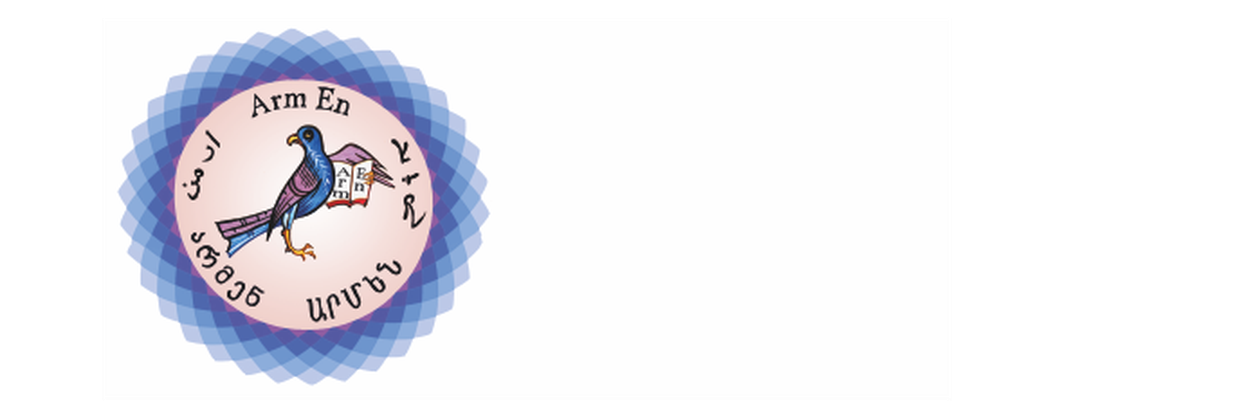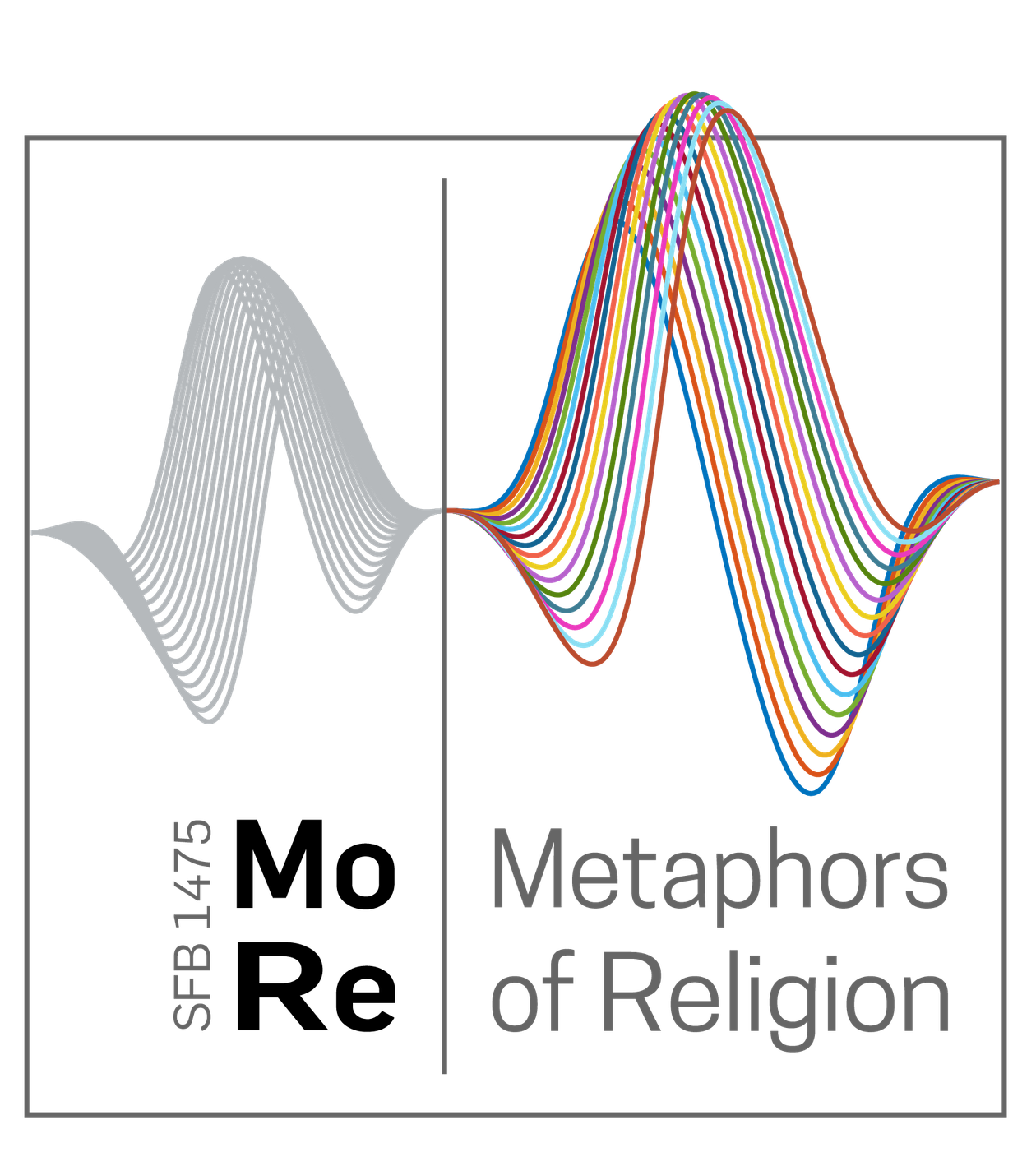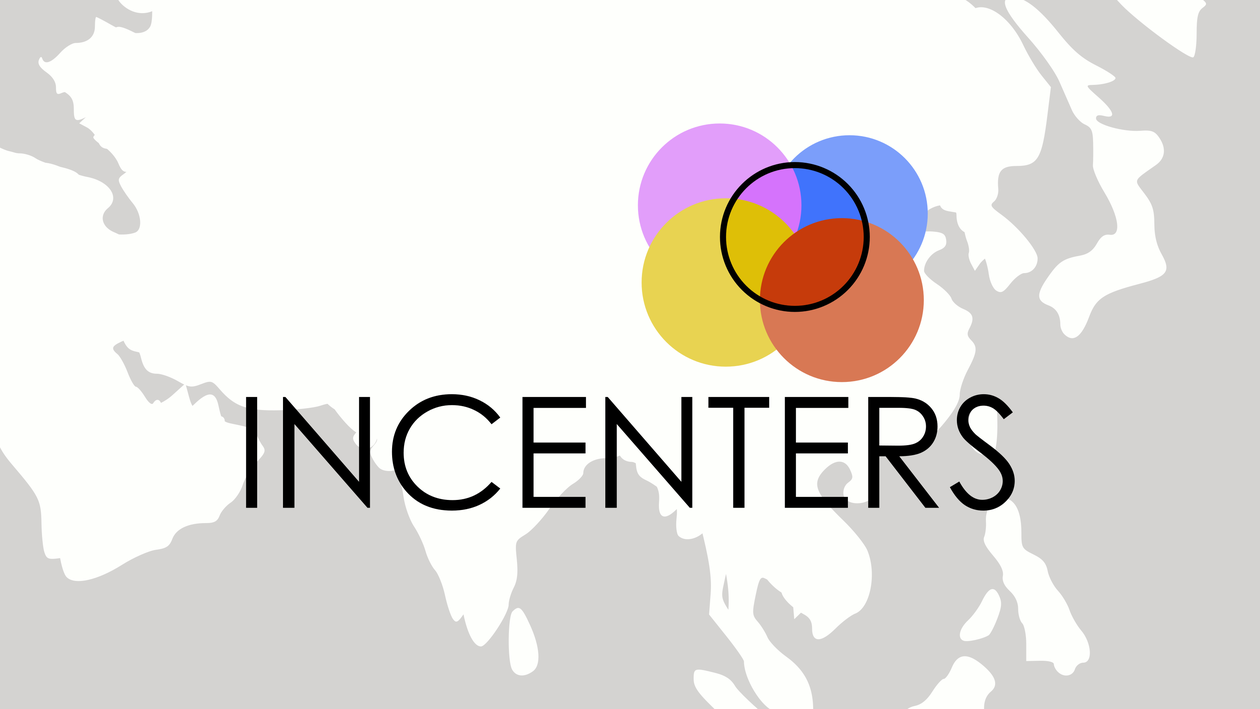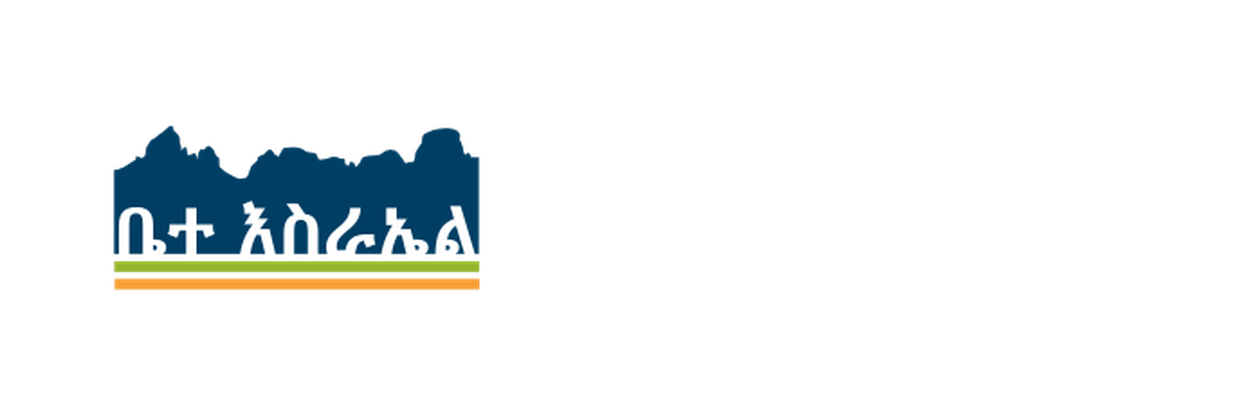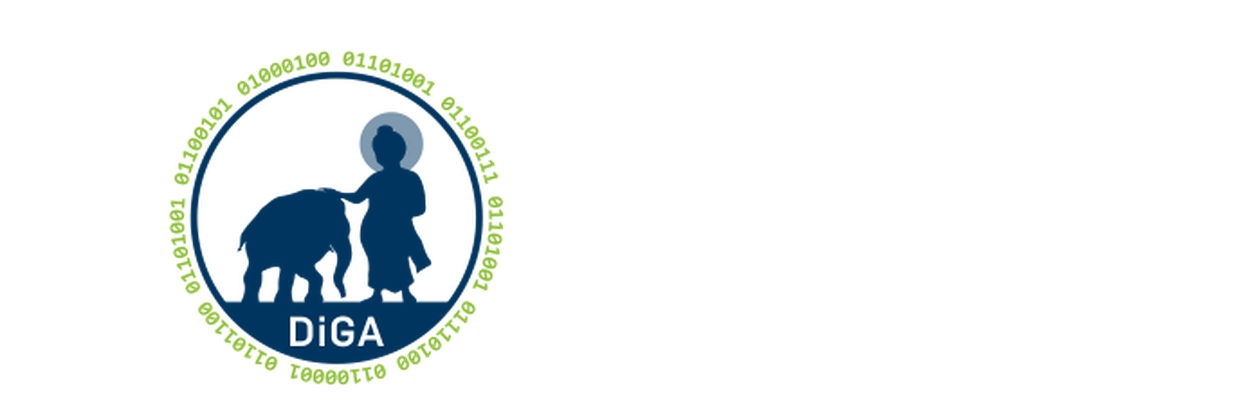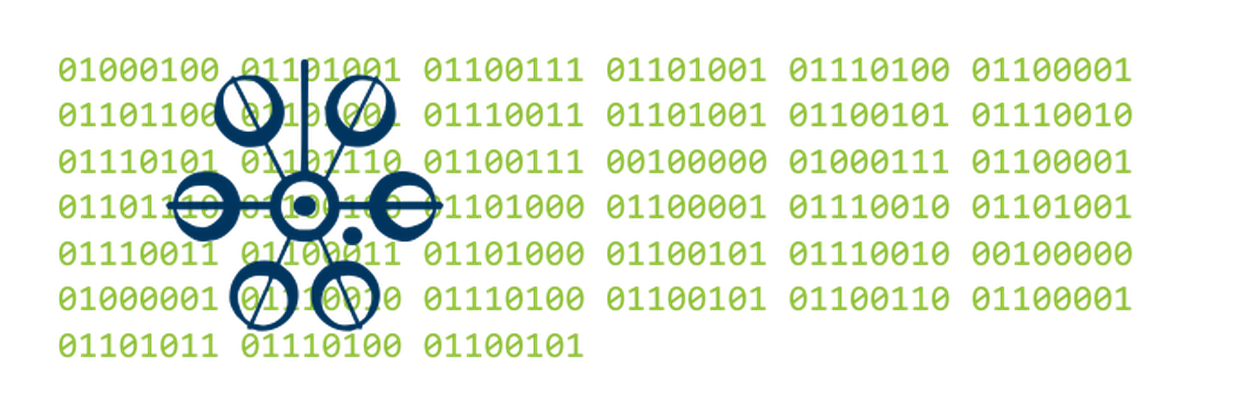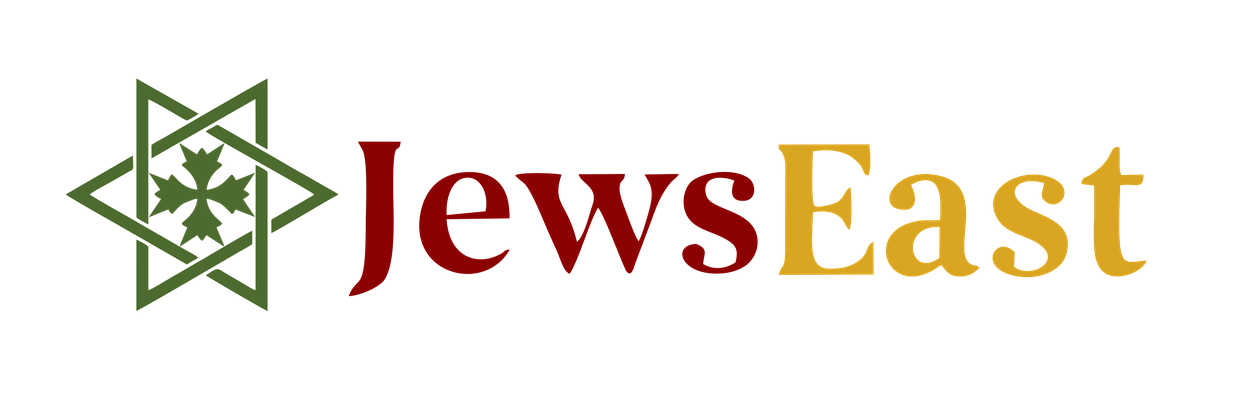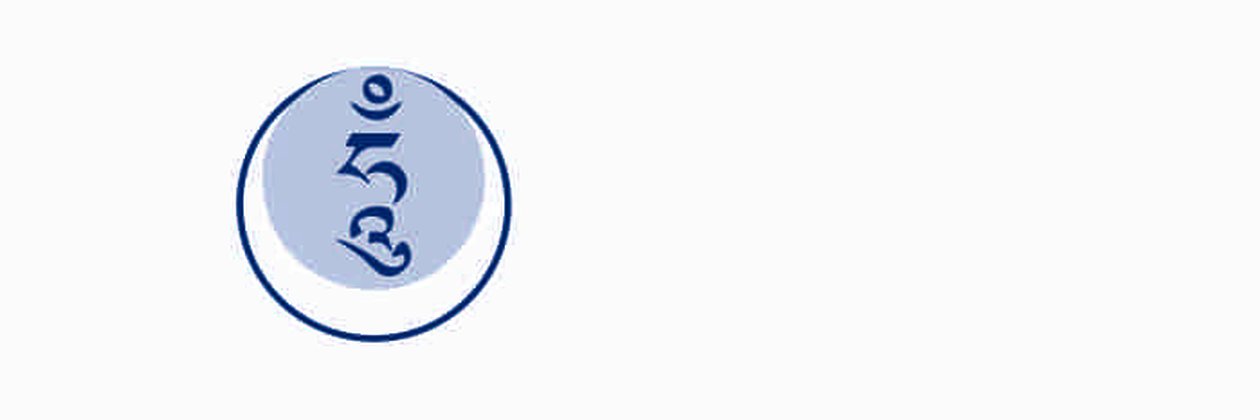Euro-Asian History of Religions
All religions, which are commonly known as world religions, have their origin in the vast territories between the Mediterranean and the Pacific. Buddhism, Judaism, Christianity, and Islam originated in Asia. The same holds true for the Hindu religions, Confucianism, and rather less known traditions such as Jainism, Sikhism or Zoroastrianism. Besides these religions the Eurasian history of religions was also determinated by religions, which are today either mariginal or even extinct such as the religious system of the Roman Empire, the Babylonian religion or Manichaeanism.
Given this situation, CERES has dedicated an entire focus area to the history of religions in Eurasia. This area includes the European as well as Western, South, Central and East Asian history of religions in past and present times.
One of the central assumption of this focus area is that initially regional religious fields emerged and developed further to bigger entities due to processes within the history of religions. Today, there is a tendency towards a worldwide religious field with global networks between different religions.
Armenia Entangled
Reimagining Cultural Encounters and Connectivity in Medieval Eurasia 9th - 14th Century
The ERC-project Armenia Entangled deals with the entangled history of the Armenian plateau and its adjacent areas. It is based …
CRC 1475 „Metaphors of Religion“
Religious Meaning-Making in Language Use
Religious meaning-making occurs in and through metaphors. In metaphors, meaning is trans-ferred from one semantic domain to another. Religion, which …
INCENTER
EntanglINg CENTERs: Religious, cultural and political interactions between the Khitan Empire, the Chinese Song Dynasty, the Tangut Empire and local Tibetan rulers between the 10th and 13th centuries
This research project deals with the contacts and exchanges between different centers of power coexisting in pre-modern Asia during a …
Metaphors of Conversion in Latin Late Antiquity
This project is the first extensive study on conversion metaphors for Latin Late Antiquity. Using cognitive-linguistic metaphor theories and model …
Research Focus "Missionary Collections"
CERES researchers, together with colleagues from museums and other universities, are studying the material dimension of cultural and religious contacts …
Zoroastrian Middle Persian: Digital Corpus and Dictionary
The Middle Persian language played a prominent historical and cultural role in the first millennium CE as the official language …
An Enquiry into the Development of the Dzogchen Tradition in the Commentaries of the Tibetan Scholar Nubchen Sangye Yeshe (10th Century)
The Tibetan scholar Nubchen Sangye Yeshe (10th century) was an influential figure in Tibet’s intellectual history, who played a …
Ancient Religion(s) in Contact: Contemporary Religious Phenomena and Their Ancient Predecessors
The teaching-learning-project "Ancient Religion(s) in Contact" (ARELINCO) enables students from the fields of religious studies, history, archaeology, philology, and related …
Betä Ǝsraʾel Autonomy in the Sǝmen Mountains and Its Wars with the Solomonic Kingdom
Medieval and early modern Jews usually lived as a minority under non-Jewish rule, but there are a few known cases …
BuddhistRoad
Dynamics in Buddhist Networks in Eastern Central Asia 6th to 14th Centuries
The objective of the research project Buddhist Road is to create a new framework to enable understanding of the complexities …
DiGA
Digitization of Gandhāran Art
The DiGA project will digitize (2D and 3D) and catalogue a corpus of 1,791 Buddhist sculptures from Gandhara currently kept …
Digitization of Gandharan Artefacts
The project DiGA (Digitization of Gandharan Artefacts) proposes to conceptualise the digitization of a corpus of Buddhist sculptures …
Dynamics of Text Corpora and Image Programs
Representations of Buddhist Narratives along the Silk Route
The network of long distance trade routes through Central Asia designated by Ferdinand von Richthofen as "Silk Road" have provided …
Humboldt Research Award
Tibetologist Dr. Jan-Ulrich Sobisch has received the Humboldt Award for a research fellowship. During his fellowship between November 2017 and …
Jainism in the West
Jain Communities in Europe between internal Self-Insurance and strategic Self-Representation
Jainism is the third religion, along with Buddhism and Brahmanism ("Hinduism"), that originated in ancient India and continues to exist …
Jews and Christians in the East
Strategies of Interaction between the Mediterranean and the Indian Ocean
The encounters and interactions between Jews and Christians in the Middle East, Ethiopia, India and the Caucasus, which have hitherto …
Käte Hamburger Kolleg
Dynamics in the History of Religions between Asia and Europe
The Käte Hamburger Center Dynamics in the History of Religions between Asia and Europe, headed by Prof. Dr. Volkhard …
Linked Data Methodologies in Gandhāran Buddhist Art and Texts
The working group brings together scholars, curators, and Digital Humanities specialists around the theme of Linked Data Methodologies applied to …
Nyang ral's Codification of rNying ma Literature and Ritual
A Study of Tibetan Sources for the Formation of Tibetan Buddhism (10th to 12th Centuries)
The 12th century marked a watershed in the formation of Tibetan religion, from which emerged its forms familiar to us today. …
Religion and Labor
For a long time Japanese companies were recognized as innovative role models for their western counterparts. High productivity, low absenteism …
The Development of Aspect in Middle Persian
Iranian languages usually exhibit aspect as a morphologically marked category of the verb. The verbal stems can be identified as …
The Logic of Gomyō
Japanese monk Gomyō (ca. b. 750, d. 834) dealt with theories of logic that were originally formultated in India. He …
The Neo-Sannya Movement in Western Germany in the 1970s and 1980s
This research project explores the neo-sannyasins or also known as Rajneesh movement and their impact in West-Germany in the 1970s …
The Ten Lost Tribes
A Cross-Cultural Approach
The project, The Ten Lost Tribes: Cross-Cultural Perspective, sponsored by the German-Israel Foundation (GIF), brings together scholars from Germany …
Tradition Building Processes among the Kagyüpas
Based on a Mid to Late-Thirteenth Century Manuscript of Jigten Sumgön’s dGongs gcig
With the purpose of providing philologically well-grounded research concerning tradition building processes among the Tibetan Buddhist Kagyüpa traditions in the …
Tradition and Redaction in the Book of Numbers and Their Impact on the Formation Process of the Pentateuch
The biblical Book of Numbers (the so called Fourth Book of Moses) is the result of long-lasting and multifaceted redactional …
Universitätsstr. 90a 44789
Bochum
Office 3.10
+49 234 32-25492
tim.karis@rub.de
Universitätsstr. 90a 44789
Bochum
Office 3.12
+49 234 32-22395
volkhard.krech@rub.de


